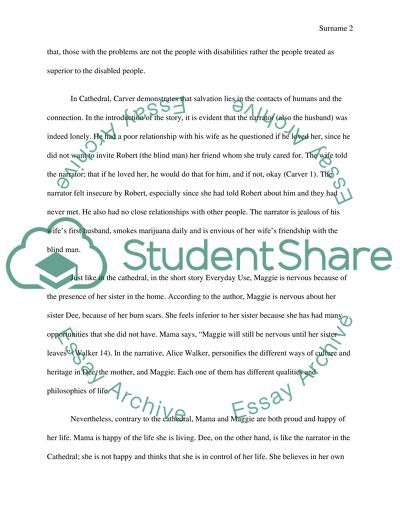Cite this document
(“Comparing Life Experience Research Paper Example | Topics and Well Written Essays - 2000 words”, n.d.)
Retrieved from https://studentshare.org/english/1453607-comparing-life-experience
Retrieved from https://studentshare.org/english/1453607-comparing-life-experience
(Comparing Life Experience Research Paper Example | Topics and Well Written Essays - 2000 Words)
https://studentshare.org/english/1453607-comparing-life-experience.
https://studentshare.org/english/1453607-comparing-life-experience.
“Comparing Life Experience Research Paper Example | Topics and Well Written Essays - 2000 Words”, n.d. https://studentshare.org/english/1453607-comparing-life-experience.


